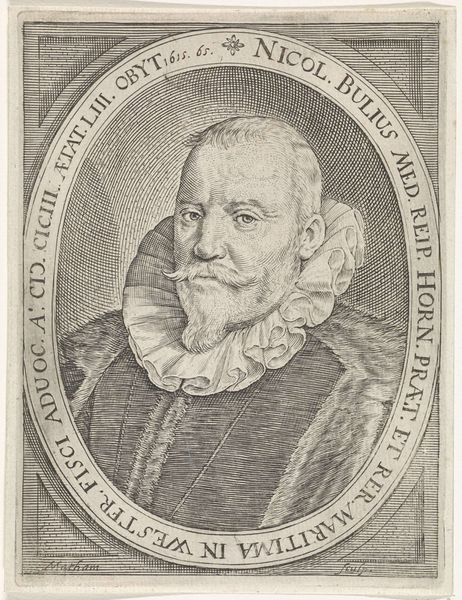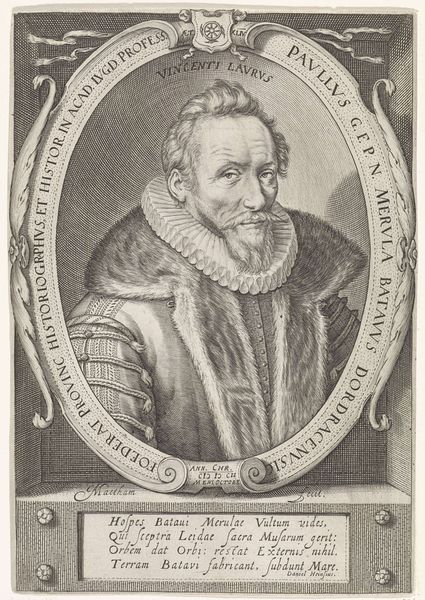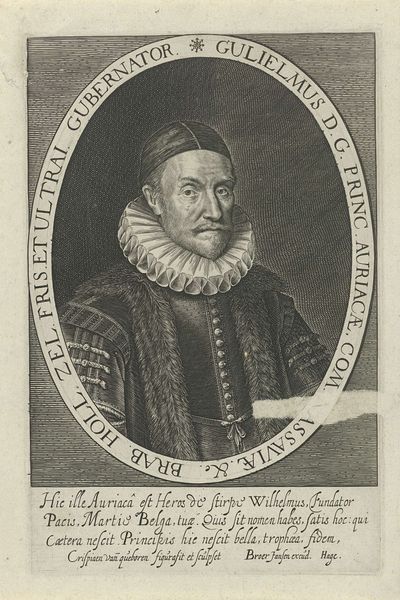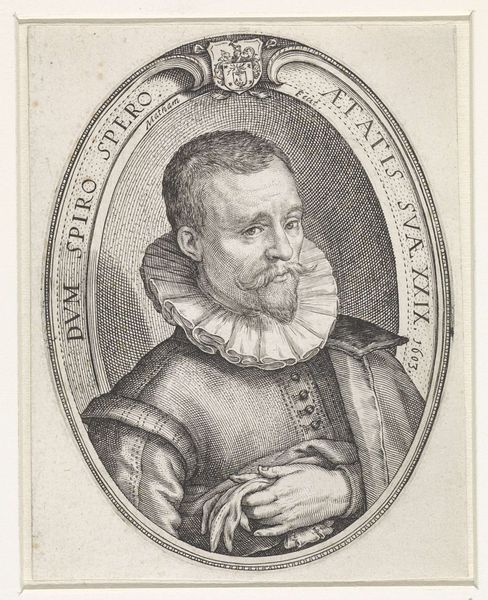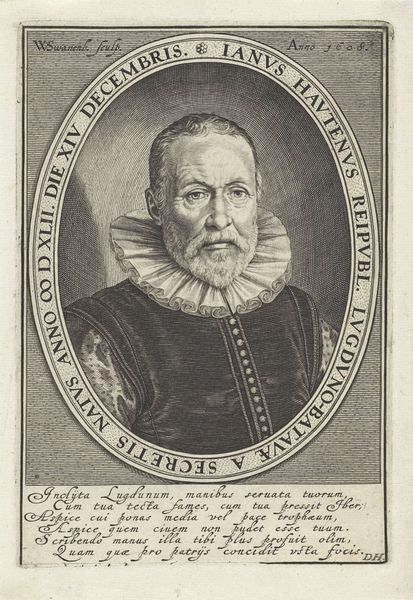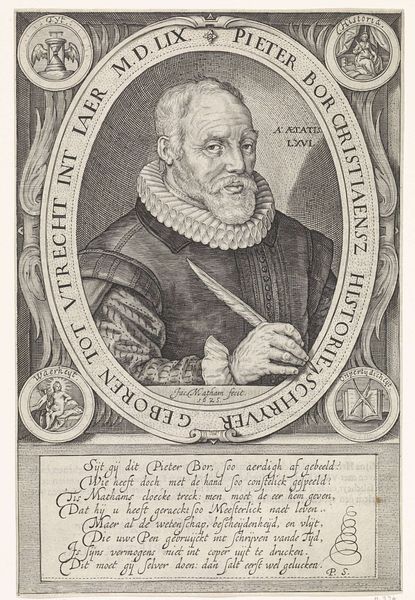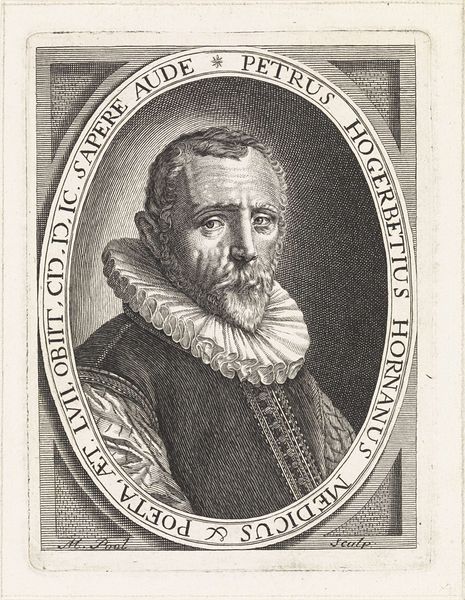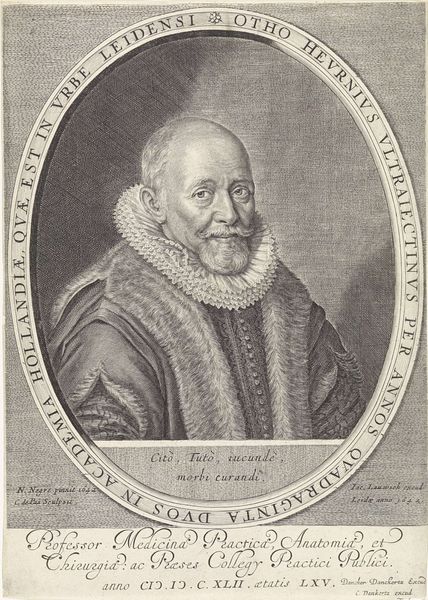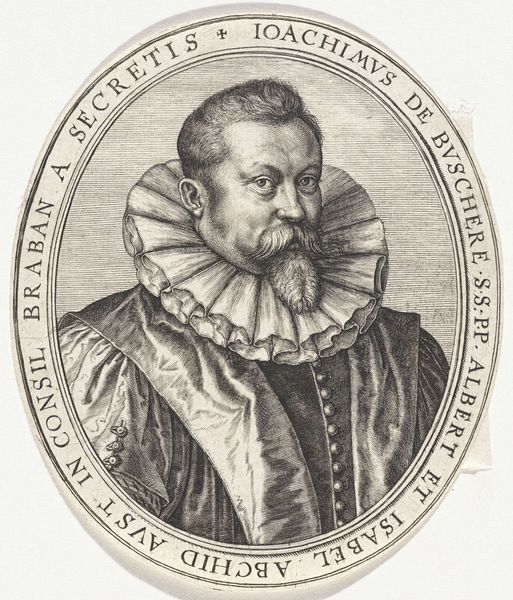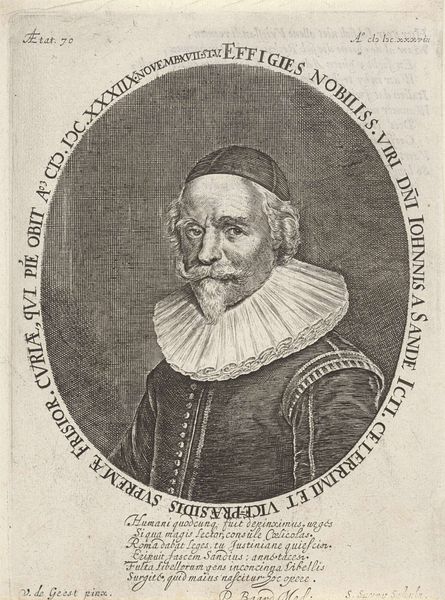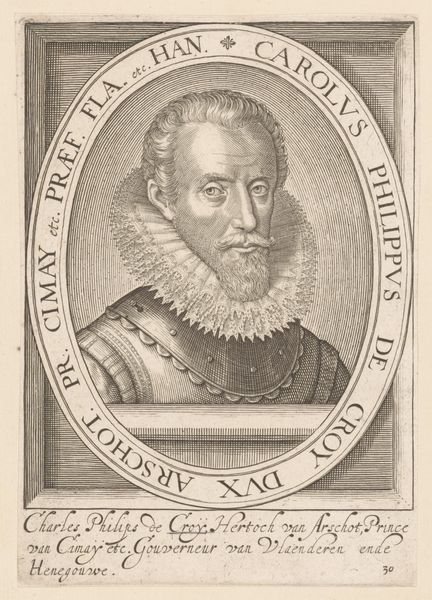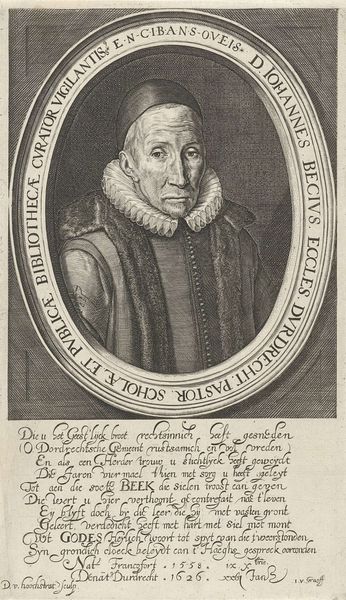
engraving
#
baroque
#
old engraving style
#
caricature
#
history-painting
#
engraving
Dimensions: height 141 mm, width 109 mm
Copyright: Rijks Museum: Open Domain
Editor: Here we have Matthijs Pool’s “Portret van Nicolaas Bulius,” an engraving that could be from anywhere between 1696 and 1727. The detail is amazing. There is this very precise line work… and the man looks very self-important. What is your take on this work? Curator: Well, immediately I see a figure caught between societal expectations and perhaps, a nascent sense of individual identity. Consider the role Nicolaas Bulius held – involved in maritime affairs, clearly part of the establishment. The very precise, almost rigid lines of the engraving underscore the constraints of that era. Editor: Constraints? What kind? Curator: Think about the Dutch Golden Age and the economic structures upon which it thrived. Men like Bulius were essential to that system. But, what of the voices that weren’t being engraved? The people whose labor and lives fueled this prosperity, yet remained largely unseen? This portrait is as much about what is included as what is excluded. Editor: So you're saying this portrait tells us something beyond Bulius as an individual? Curator: Exactly. It is also a testament to the power dynamics at play. Who gets to be remembered, and how? Consider the visual language here. Is it truly celebrating an individual, or upholding a specific societal framework? Editor: That gives me a lot to think about... I suppose I had only considered the art for the individual depicted. Curator: Seeing portraits as not just representations of individuals, but as active participants in constructing historical narratives can unlock new understandings. Recognizing those power structures embedded in art from this time can really help us better consider social dynamics throughout history.
Comments
No comments
Be the first to comment and join the conversation on the ultimate creative platform.
